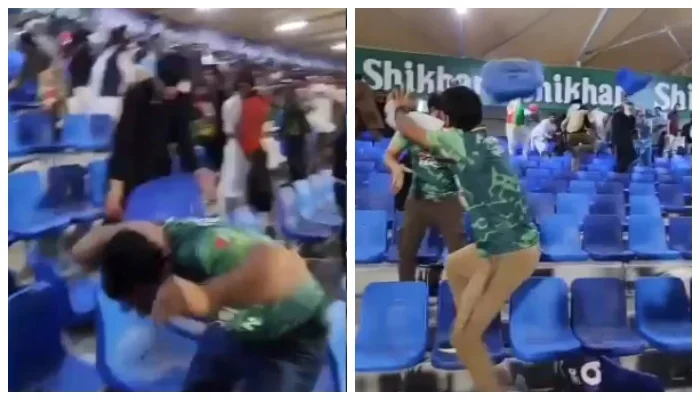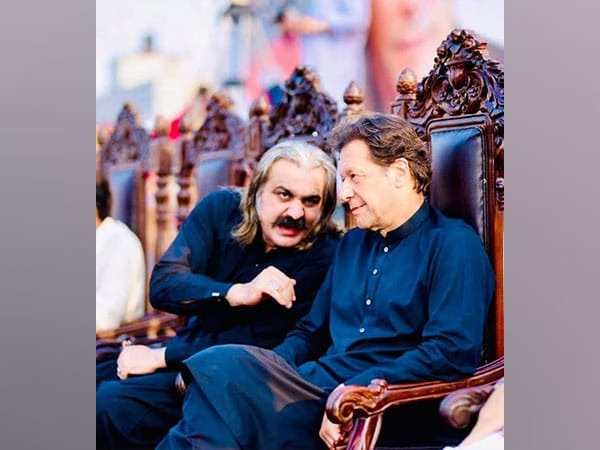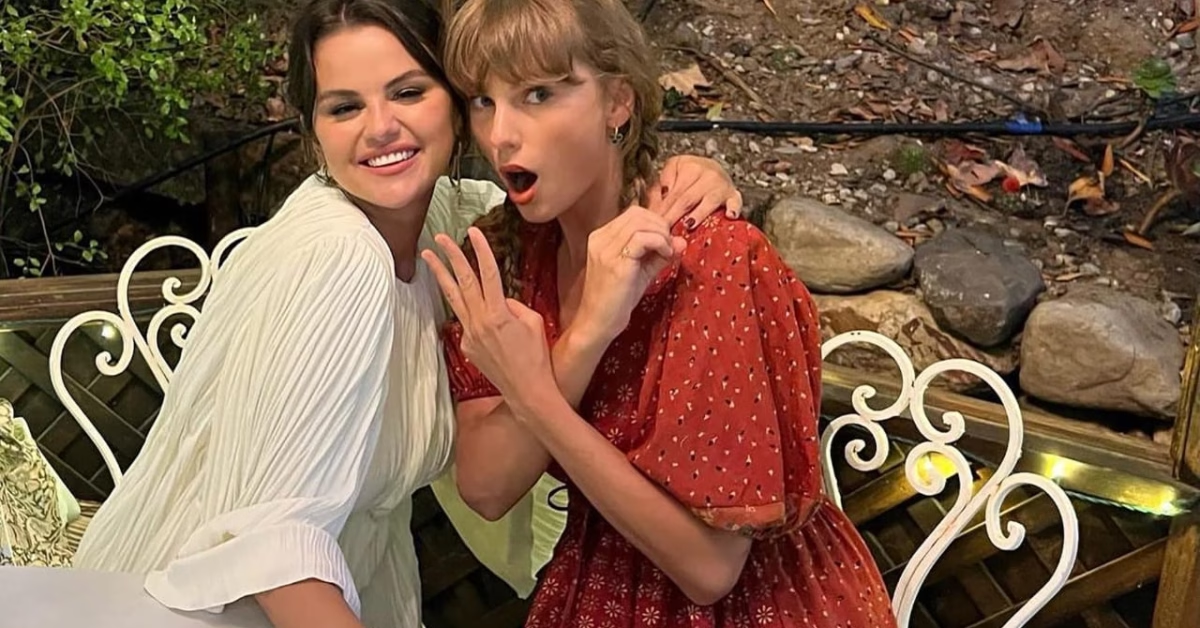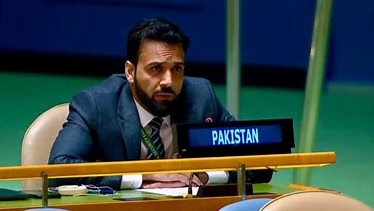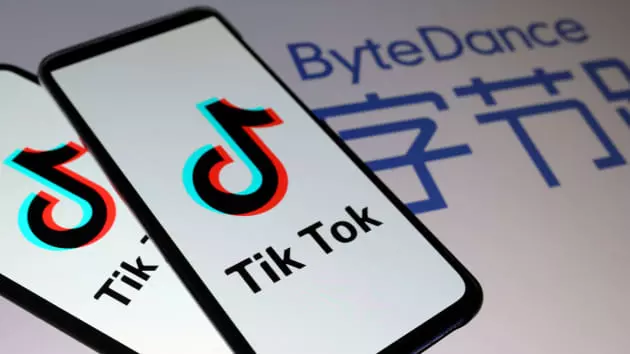Without TikTok, India’s expanding market represents a significant potential.
Internet companies are competing in the $20 billion social video market.
Prateek Bhardwaj rose to prominence as a social media celebrity on TikTok’s short-video platform, gaining almost a million followers and a wave of major corporate sponsorships. However, he is no longer on the app.
The 30-year-old from small-town India joins Moj, one of several Google-backed TikTok clones that sprung up after New Delhi banned China’s ByteDance Ltd.’s app in 2020. He hasn’t missed a beat: his fan following has grown to 3.4 million, and the video producer continues to promote brands ranging from Xiaomi phones to Diageo whisky.
Bhardwaj’s easy move shows the possibilities that TikTok’s absence from the world’s fastest-growing mobile arena presents.
Following a dramatic border conflict two years ago, India swept up the world leader in short video in a sweep of Chinese applications.
This fueled the development of Google’s YouTube Shorts service, as well as Moj and a bevvy of other challengers to fill the vacuum. Far from slowing the rise of social video, TikTok’s unexpected exit has accelerated it.
Meta Platforms Inc. and Alphabet Inc. are now competing for the lead in what promises to be a nearly $20 billion industry, enticing content producers with incentives and increasing their investment even as they cut down elsewhere.
According to them, India has the highest growth potential for internet video on the world, and the industry is wide open.
Meta, which currently has nearly 400 million Instagram users in India, aims to make its Reels short-video offering a straight TikTok alternative and is beefing it up with identical recommendation algorithms.
Google, whose YouTube has over half a billion Indian users, promptly launched a TikTok clone site following the ban, but its local plan also involves supporting and cultivating four of the largest domestic clones: InMobi’s Roposo, DailyHunt’s Josh, and ShareChat’s Moj and MX Takatak.
“The tremendous rise of Reels on Instagram has really characterised the previous two years for us,” Ajit Mohan, Meta’s India CEO, said in an interview at the company’s enormous offices on the outskirts of New Delhi. “Our objective is to produce a major worldwide personality from India, from its little communities.” That is our guiding star.”
The South Asian country was TikTok’s single largest market – ByteDance offers cousin app Douyin in China – and the ban forced its more than 200 million Indian users to seek alternatives.
When the Chinese site was suspended, Bhardwaj, who had abandoned his high-paying IT job to join TikTok, was greeted on Moj and Instagram.
Instagram is investing more than $1 billion worldwide on initiatives that help artists generate money, with a large portion of that money going to India. Google is banking on the local knowledge of operators such as Moj.
While they are taking different paths, the two US companies believe that replacing TikTok must begin with hiring and educating Indian-born artists.
“One of the major possibilities that Google’s $10 billion India Digitization Fund wants to boost is India’s mobile and video consumption,”
YouTube regional director Ajay Vidyasagar stated. “From old auditory traditions to the modern many-to-many digital storytelling via outlets like YouTube and short video apps, storytelling is an important aspect of Indians’ life.”
According to consultant Redseer, both Silicon Valley heavyweights are aiming for the same prize: a short-video app industry worth up to $19 billion by 2030.
According to the Bangalore-based experts, short-video applications might capture up to 20% of the digital ad market in India by then, making it a sector that internet companies cannot afford to ignore.
According to Bloomberg, The US team also intends to utilise India as a testing ground for their algorithms, influencer marketing, and content trials, which will be transferred to the US, where an unrestrained TikTok is destroying their ad revenue models.
YouTube Shorts made its worldwide premiere as a test service in India in September 2020, before coming to the United States six months later. Google is presently running ads on Shorts, although Meta is still looking for the right advertising structure for Reels and may discover a solution in India.
Read Also: A major TikTok hack has disclosed data from billions of user accounts.
“Leading digital media providers have obviously moved their content concentration to short-form video,” said Vipin Gupta, managing director at Boston Consulting Group.
Google and Meta are “heavily investing in Bharat-focused creators – influencers who are native to an area, language, or culture.”
This campaign to encourage online producers and social media stars is beginning to have an impact on India’s larger entertainment economy. Kabeer Kathpalia, also known as OAFF to his more than 31,000 Instagram followers, secured a position in film production when a director heard his music.
“I never expected in my wildest fantasies that my videos would bring me to Bollywood,” Kathpalia, 33, added. The music producer’s Instagram performances paved the way for him to develop the soundtrack and songs for a movie starring A-list actress Deepika Padukone.
According to Redseer, affordable smartphones and wireless broadband will propel the rise of short-form video, which is predicted to be a regular component of the online diet of 67% of all Indian smartphone users by 2025, more than tripling its share from 2020.
The local challengers are also investing extensively in order to grab that growth and stay up with Meta’s investment. In the fiscal year ended March 2021, ShareChat’s losses more than quadrupled to $180 million, as the company spent more to acquire its 300 million members, who view 6 billion short videos daily.
The majority of internet ad investment in India is still directed through Meta and Google. According to ShareChat co-founder Ankush Sachdeva, both are fighting all hard to safeguard their part of that money. “When your centre is threatened, you’ll do whatever it takes.”
Though Instagram’s owner is developing significantly quicker in India, Google’s gross ad income is nearly 1.5 times that of Meta’s local unit.
Short video ad sales remain a minor portion of both companies’ total revenue.
“Short video is not Google’s only game,” Sachdeva, 29, said. “However, content is Meta’s bread and butter.”
Instagram Insider Meta India Pop-up Studio
Meta’s pop-up studio for collaborative makers and artists hosts artists.
Instagram presently dominates India’s nascent short-video industry, with users scattered throughout loud, congested cities as well as picturesque villages. Its staff seek for promising artists, dancers, and comedians on the site and teach them in audio-video technologies and social media trends. According to app analytics company SensorTower, Instagram had twice as many downloads as two versions of Moj combined in Google’s Play Store for Android smartphones in the first half of this year.
Meta’s Instagram light for phones with weaker internet connections, its decision to let certain Instagram material to be cross-posted to Facebook, and its acceptance of up to 11 local languages have all aided its rapid growth.
Its India ad income increased 41% to 93.3 billion rupees ($1.2 billion) in the fiscal year ending March 31, 2021, surpassing the combined ad sales of the country’s two largest broadcasters.
When TikTok was banned, Sachdeva and two of his Indian Institute of Technology Kanpur colleagues seized the chance. “We rushed like bulls and had Moj up and running in 30 hours,” Sachdeva added. Their Bangalore-based business raised $520 million in mid-June from investors including Google and Temasek Holdings Pte for a $5 billion value.
Moj was created to provide “snackable” material in an endlessly scrolling stream, with a focus on Indian languages. To bring its technology up to global standards, such as TikTok’s, the company assembled an artificial intelligence team comprising engineers in Bangalore, London, and Silicon Valley.
“You’re out of the game until the AI is world class,” Sachdeva added. He stated that short video would become as common on Indian phones as WhatsApp texting is today.
Moj, like its competitors, is addressing the supply side of creator videos by collecting a big influencer network. On top of its typical ad-based business, it has lately focused on earning money via channels such as virtual gifting and video shopping.
But, regardless of who wins India’s short-video battle, a US tech business will benefit.
“Creating stickiness in short video requires a variety of material and the ability to target the appropriate consumers with the right content.” Meta’s Instagram is considerably better in that regard,” said Vishal Jacob, Chief Digital Officer of marketing firm Wavemaker India. “However, Indian applications are primed to develop as a result of Google’s technology and ad skills.”





